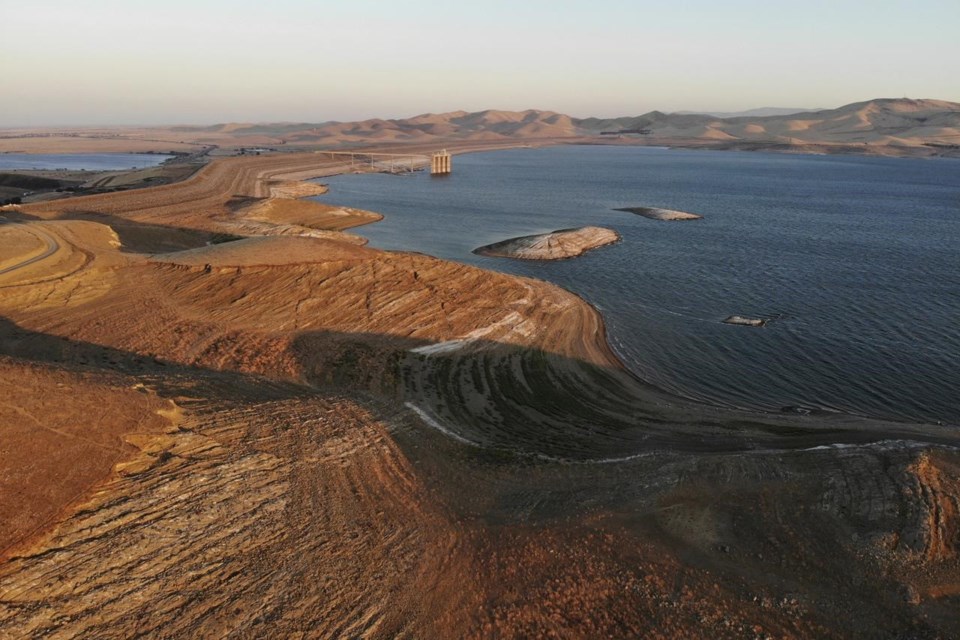Drought and wildfire risks will remain elevated in the western states while warmer than average temperatures will greet the Southwest, Gulf Coast and East Coast this winter, federal weather officials said Thursday.
La Niña, a weather pattern characterized by cold ocean temperatures in the equatorial Pacific Ocean, is returning for a rare third winter, officials with the National Oceanic and Atmospheric Administration said. That means December, January and February are likely to bring drier than average conditions across the southern states and wetter than average weather for areas including the Great Lakes and Pacific Northwest.
The forecast means droughts that have are likely to continue, the agency said. Wildfires will remain a risk, and some parts of the country will likely be in greater danger than before, said Brad Pugh, the operational drought lead with NOAA's Climate Prediction Center.
“One of the areas, over the next couple months, that is likely to have enhanced wildfire danger will be the south-central U.S. — Arkansas, Oklahoma, Texas,” Pugh said. “Very dry conditions there. With that dryness, that will be an area for high wildfire danger in the coming three months.”
Drought conditions are going on across about 59% of the country, NOAA officials said, and they have persisted in the western states since late 2020. The continued La Niña climate pattern means that is likely to expand to the Gulf Coast as well, NOAA said.
The Gulf Coast is also one of the parts of the country likely to experience higher than average temperatures, NOAA said. The higher temperatures are also likely to climb up the East Coast all the way to the New England states, the agency said.
Some parts of the northern U.S., including the Pacific Northwest and portions of the Great Lakes states, could see colder temperatures than usual, NOAA said.
Judah Cohen, director of seasonal forecasting for AER, a Massachusetts-based atmospheric research firm, said NOAA's predictions dovetail with his expectations for the coming winter.
“I would definitely lean on a milder winter, especially east of the Rockies,” Cohen said. “Wetter to the north, drier to the south.”
The southern Rockies, southern plains and most of the southeastern states are also looking at drier than average conditions, NOAA officials said. The winter weather is also expected to bring drought to the middle and lower Mississippi Valley, they said.
has had major consequences in states like California in recent years, including spurring water use cutbacks and elevating the risk of wildfires. NOAA's prediction does call for improved conditions in some drought areas, including parts of Montana and Idaho, but predictions call for a deepening drought in many others.
NOAA's forecast is similar to projections from computer-based models, said Ryan Maue, a private meteorologist based in Atlanta. Many parts of the country that could use a wet or snowy year are unlikely to get one, he said.
“I think the bottom line is we're on a continuation of what we've been seeing over the last year, including last winter, and there's not expected to be improvement in the drought situation across California and the center of the United States,” Maue said.
___
Follow Patrick Whittle on Twitter: @pxwhittle
___
Associated Press climate and environmental coverage receives support from several private foundations. See more about AP’s climate initiative . The AP is solely responsible for all content.
Patrick Whittle, The Associated Press




